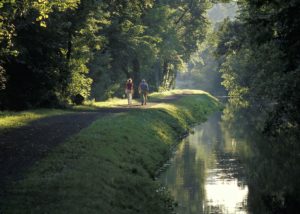For Immediate Release: April 21, 2017
GROWING GREENER COALITION: STILL MORE WORK TO DO TO
PROTECT WATER & OTHER NATURAL RESOURCES
(HARRISBURG, PA) The Pennsylvania Growing Greener Coalition, the largest coalition of conservation, recreation and preservation organizations in Pennsylvania, today issued the following statement from Executive Director Andrew Heath urging the Governor and Legislature to invest in the state’s Growing Greener program:
“As communities across the Commonwealth celebrate Earth Day tomorrow, it is important to remember that many of the rivers and streams, state parks and community playgrounds, and fields and forests that we enjoy today would not be the same without state investment.
“Over the past two decades, the Pennsylvania Growing Greener program has funded countless projects to clean up and restore our waterways, create recreation opportunities, conserve our land and protect our natural resources.
“But there is still more work to do. The majority of the state’s 6,000 local parks need significant upgrades, thousands of miles of rivers and streams are still not safe for recreational use – meaning no boating and no fishing – and nearly 200,000 acres remain scarred by abandoned mines.
“The Coalition’s blueprint for a Growing Greener III program has identified the need for more than $315 million annually to keep our water clean, preserve our open space and family farms and ensure children and families continue to have access to parks, trails and other outdoor recreational opportunities.
“We urge our elected leaders in Harrisburg not to let funding for Growing Greener run dry and to increase investment for this critical program. Otherwise, there could be little to celebrate on future Earth Days.”

